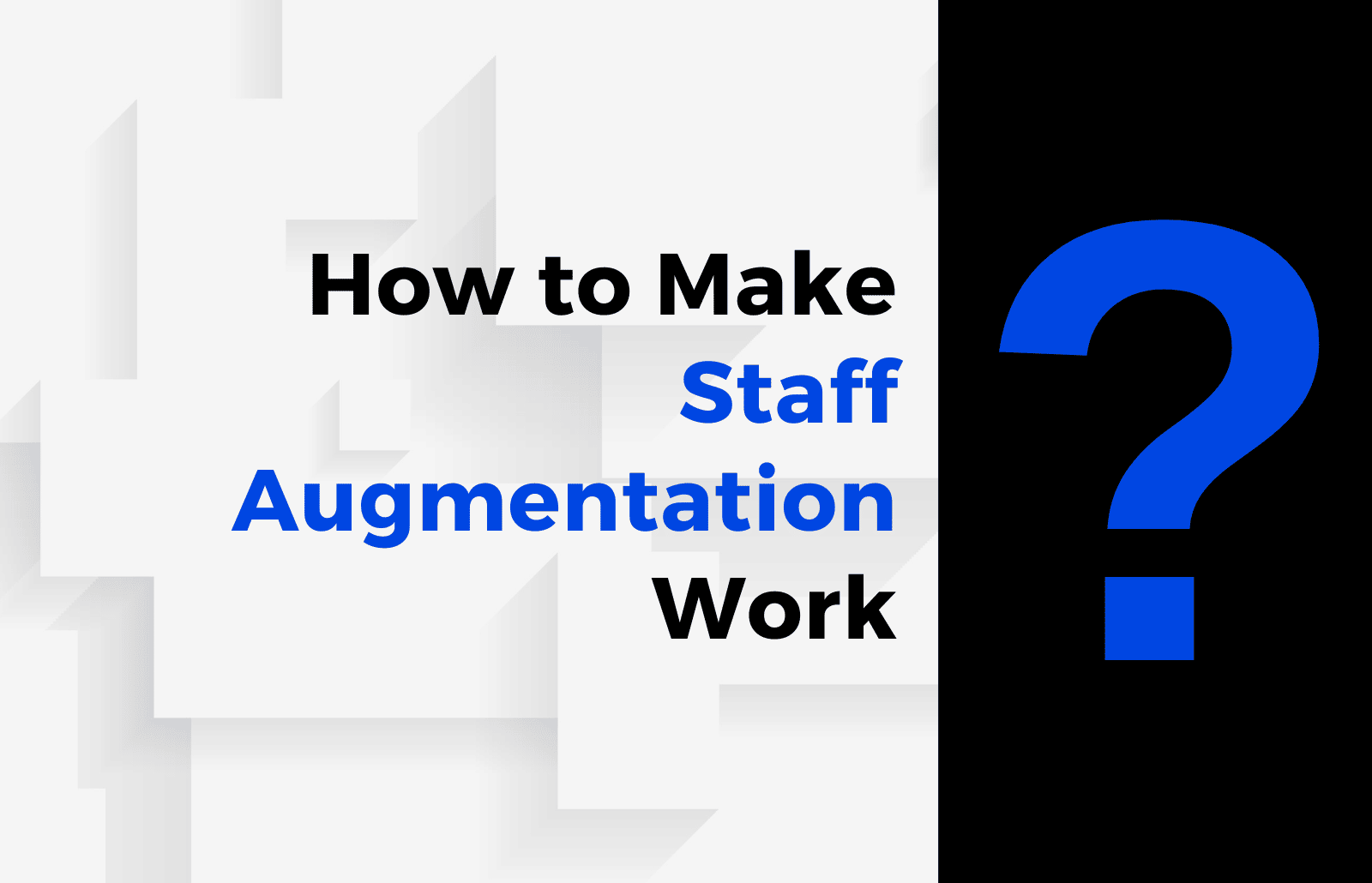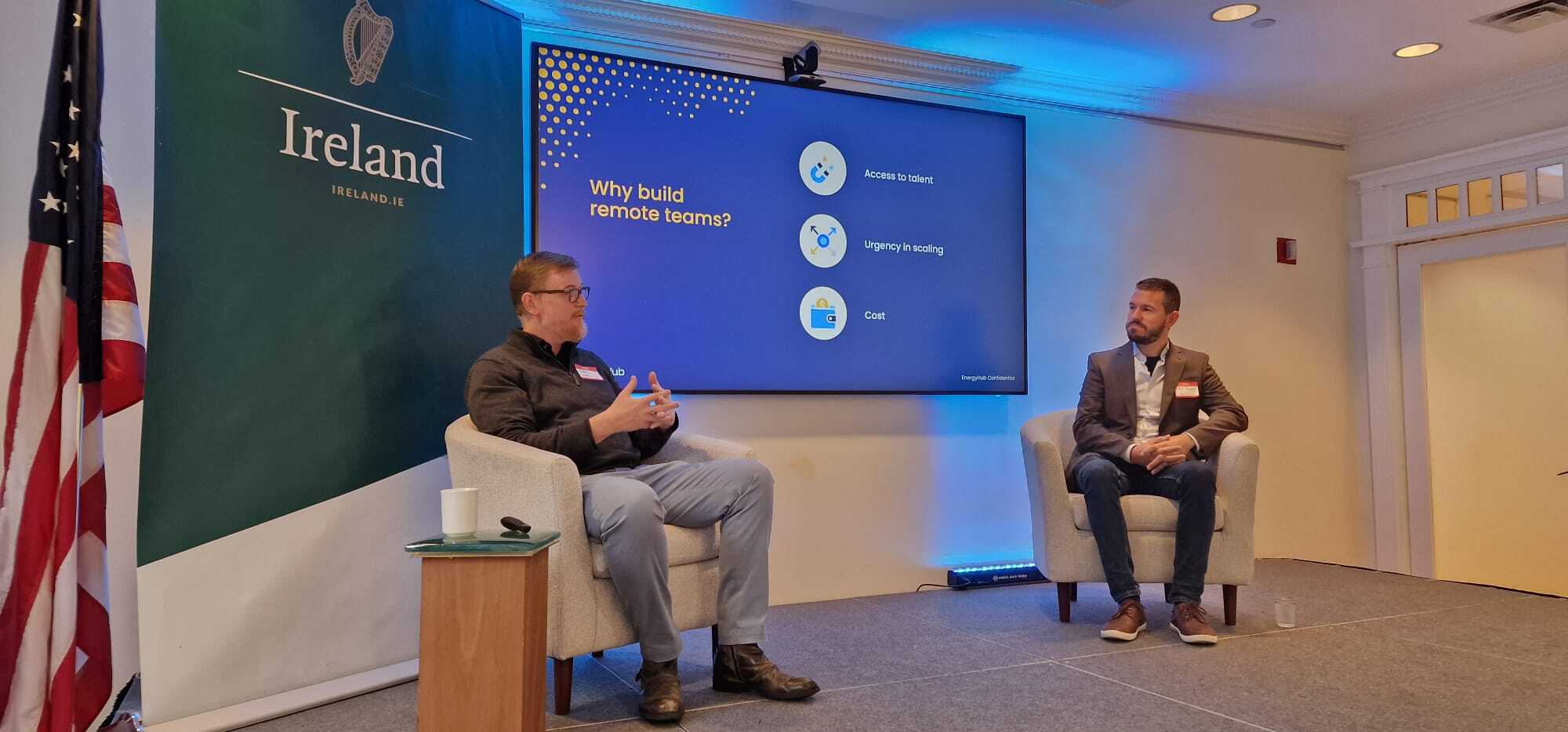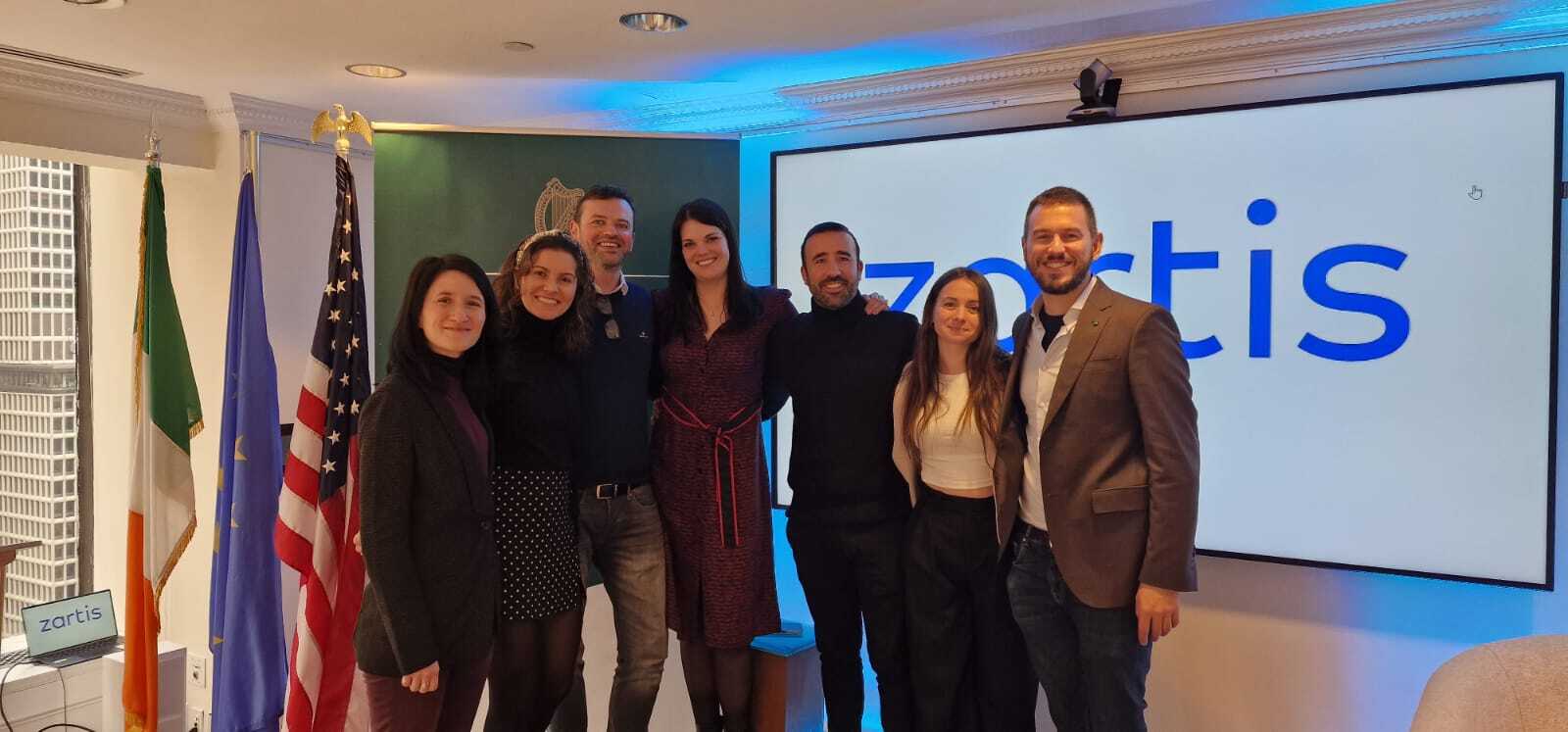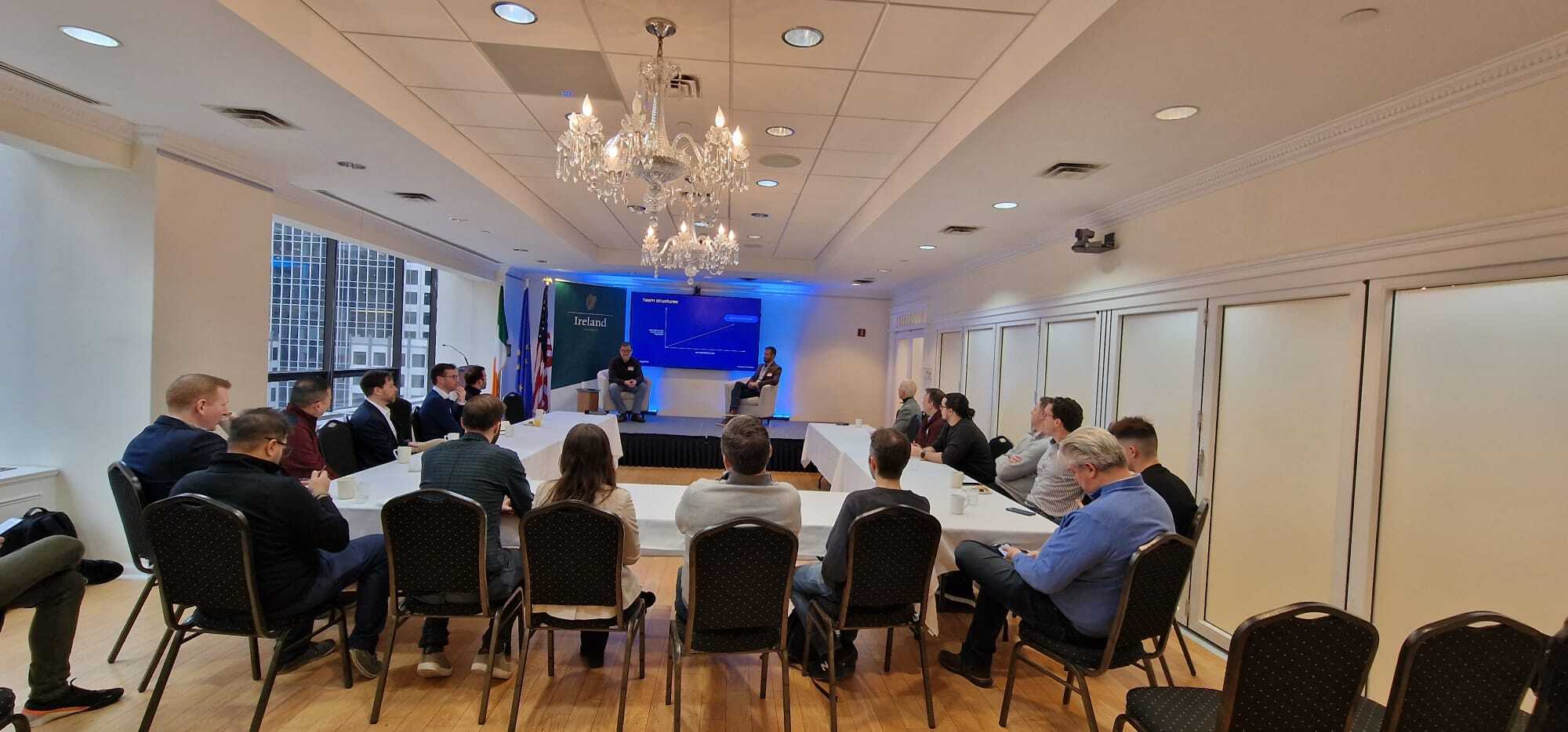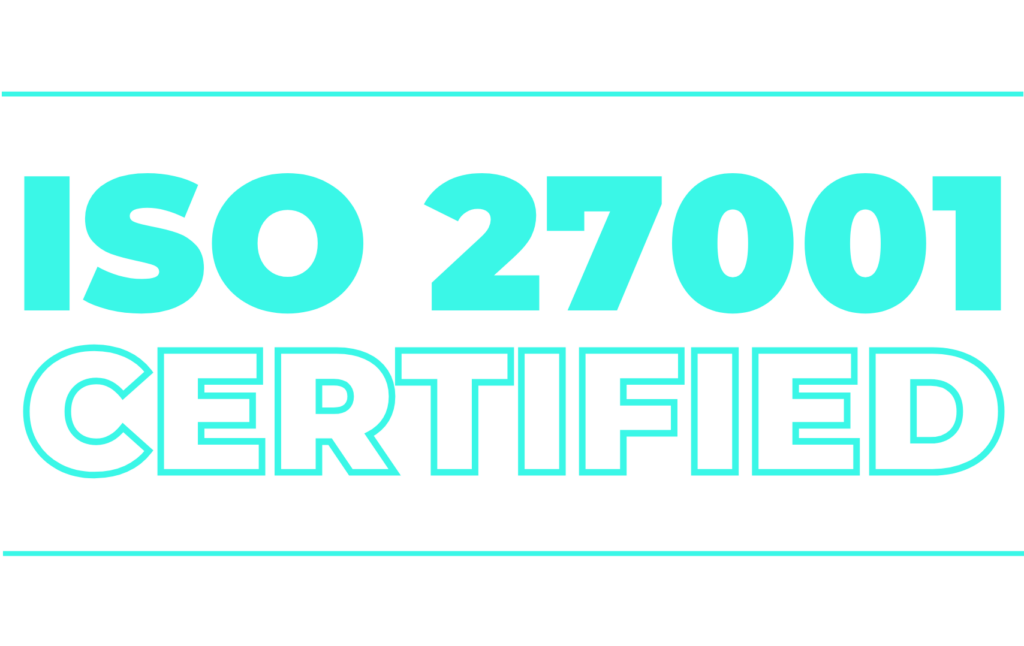On January 25th, 2023, tech industry leaders convened in New York to discuss creating blended teams and making IT staff augmentation work. CEOs, CTOs, and VPs of Engineering from various software development companies shared their experiences with outsourcing models and the keys to successful partnerships.
Definition of Staff Augmentation and Its Different Types
What is Staff Augmentation?
Staff Augmentation is a service provided by a Staff Augmentation Company that allows organisations to fill talent gaps in their in-house development team by outsourcing to experienced developers on a temporary or project basis. This service enables businesses to access a wide range of tech talents and technical expertise without the burden of hiring full-time employees or maintaining office space.
Diverse Approaches to Staff Augmentation: Exploring Various Types
There are various types of staff augmentation models designed to cater to the specific needs of businesses. Some of the most common types include:
A) Temporary staff for short-term projects
This type of staff augmentation allows businesses to hire experienced developers, business analysts, or DevOps engineers on a temporary basis to fill skill gaps or complete short-term projects.
B) Full-time employees integrated into existing teams
In this model, the provider supplies skilled professionals who become part of the in-house employees, working closely with the existing team to achieve the desired business objectives.
C) Dedicated teams of developers for ongoing projects
In this model, businesses can outsource a team of developers, project managers, and other tech talents to work exclusively on their projects for an extended period. This Team Augmentation Service provides seamless integration between the in-house and remote teams, ensuring smooth project management and collaboration.
Mastering Trust, Culture, and Communication in IT Staff Augmentation for Optimal Results
Staff Augmentation Services have become a popular choice for businesses looking to bridge the talent gap and gain a competitive advantage. The Staff Augmentation Model offers businesses the flexibility to scale their team of developers on a project basis, providing an alternative to traditional outsourcing models.
This powerful model can help businesses achieve their objectives while also reducing operational costs. However, businesses must focus on three critical aspects: Trust, Culture, and Communication, to ensure a successful collaboration.
1. Trust: Building a Strong Foundation with Your Staff Augmentation Provider
- Bi-directional understanding between clients and Staff Augmentation Companies
- Setting clear expectations from the beginning
- Delivering on commitments and maintaining client satisfaction
- Ensuring fair compensation and engagement for remote developers
Key Takeaways
The outsourcing process requires a strong foundation of trust between the client and the provider. Both parties must work together to establish a bi-directional understanding and set clear expectations from the beginning. A reliable Staff Augmentation Company should be committed to delivering on its promises, ensuring client satisfaction, and treating its remote developers fairly.
2. Culture: Fostering a Cohesive Environment for In-House and Remote Teams
- Integrating remote developers into the company culture
- Emphasising soft skills, shared values, and clear communication to bridge the gap between internal and remote teams
- Utilising dedicated project managers to oversee communication and project progress
Key Takeaways
To create a harmonious working environment, businesses must prioritise integrating remote developers into their company culture. Focusing on soft skills, shared values, and clear communication can help bridge the gap between in-house employees and remote team members. Employing dedicated project managers to oversee communication and project progress further ensures a cohesive and efficient working environment.
3. Communication: Streamlining Collaboration for Improved Results
- Utilising project management tools to streamline communication
- Employing best practices for communication with remote teams
- Regular updates and check-ins to maintain team cohesion
Key Takeaways
Effective communication is critical for successful staff augmentation. Utilising project management tools and best practices for communication with remote teams can help streamline collaboration and prevent misunderstandings. Regular updates and check-ins further maintain team cohesion and ensure a smooth workflow.
Staff Augmentation Services offer businesses a flexible, cost-effective solution for their talent needs. By focusing on trust, culture, and communication, companies can successfully integrate remote developers into their existing teams and maximise the benefits of this innovative staffing model. With the right approach, Staff Augmentation can be a powerful tool for business growth and success.
Benefits of IT Staff Augmentation for Businesses
The list below sets out just some of the advantages of these types of services. For more details, check out our related blog, Benefits of IT Staff Augmentation for US IT Companies.
1. Addressing Talent Gaps with a Staff Augmentation Model
One major benefit of partnering with an outsourcing provider is the ability to address talent gaps within your organisation. Full-time employees may not possess all the required skill sets, and filling these gaps can be a challenge. The staff augmentation process enables businesses to bridge these skill gaps by bringing in experienced developers and business analysts with specialised skill sets on a project basis.
2. The Flexibility of Dedicated Teams
The staff augmentation model offers flexibility in building dedicated teams that work in sync with your in-house development team. This approach allows you to scale your internal team by integrating remote developers and creating a powerful model for software development services.
3. Cost Savings and Operational Efficiency
One of the primary benefits of using staff augmentation services is the cost reduction associated with hiring and maintaining full-time employees. By working with a staff augmentation firm, businesses can save on administrative costs, salary reviews, and other operational expenses. Additionally, the temporary nature of staff augmentation allows companies to adapt their workforce to their current needs, thereby further reducing costs.
4. Increased Control and Intellectual Property Protection
Unlike traditional project outsourcing, staff augmentation enables businesses to maintain control over their projects while working with an outsourcing vendor. This increased control helps protect a company’s intellectual property and ensures that the project aligns with its core business priorities.
5. Ensuring Business Continuity with Team Augmentation Services
Business owners and leaders who utilize team augmentation services can ensure their core business priorities remain intact while addressing project needs. By engaging a staff augmentation firm, you gain access to a wide range of experienced team members who can support your business objectives and contribute to your company’s annual growth rate.
6. Enhancing Company Culture with Temporary Workers
Integrating temporary workers into your company culture can provide a fresh perspective and new ideas. Such services enable you to bring in qualified candidates with diverse skill sets and soft skills, fostering a dynamic and innovative work environment.
7. Streamlined Project Management and Technical Expertise
Staff augmentation providers often offer project management tools and resources to help you manage your temporary team effectively. Leveraging their technical expertise, these providers can also support your business in navigating various tech stacks and implementing software development best practices.
8. Protecting Intellectual Property
A key difference between staff augmentation and project outsourcing is the level of control you retain over your intellectual property. With staff augmentation services, you maintain ownership of your project and its assets, ensuring your valuable IP remains secure.
9. Reliable IT Staff Augmentation Solutions for Your Business
The staff augmentation model offers numerous benefits, including access to specialised skill sets, increased flexibility, cost savings, and the ability to maintain control over your intellectual property. By partnering with a reliable staff augmentation provider, your business can unlock its full potential and gain a competitive advantage in the fast-paced world of software development.
To Sum Up
Harness the power of IT staff augmentation to build flexible, competitive, and innovative teams that drive business growth. By focusing on trust, culture, and communication, businesses can successfully create blended teams and unlock new opportunities in today’s fast-paced tech landscape.
An ideal staff augmentation partner should be trustworthy, cherish transparent and constant communication, and should have a strong company culture that is humane and growth-focused.
IT Staff Augmentation with Zartis
At Zartis, we have been providing team augmentation services for our clients to help them leverage nearshore and offshore development teams to achieve their software goals. We handpick each team member for every incoming project and make sure that our clients agree on the cultural and technical fit of each candidate.
Discover your options and start building your team today. With 60+ clients across 20+ sectors, we have experience working across a wide range of technologies and industry best practices. Let’s talk.
